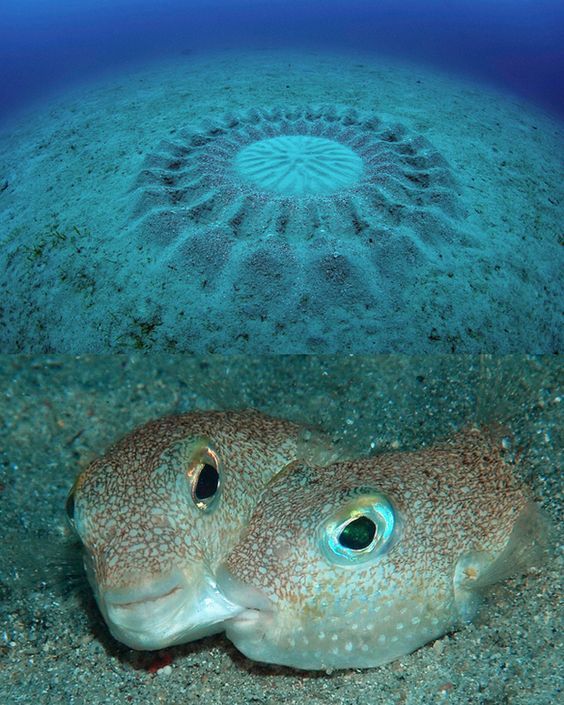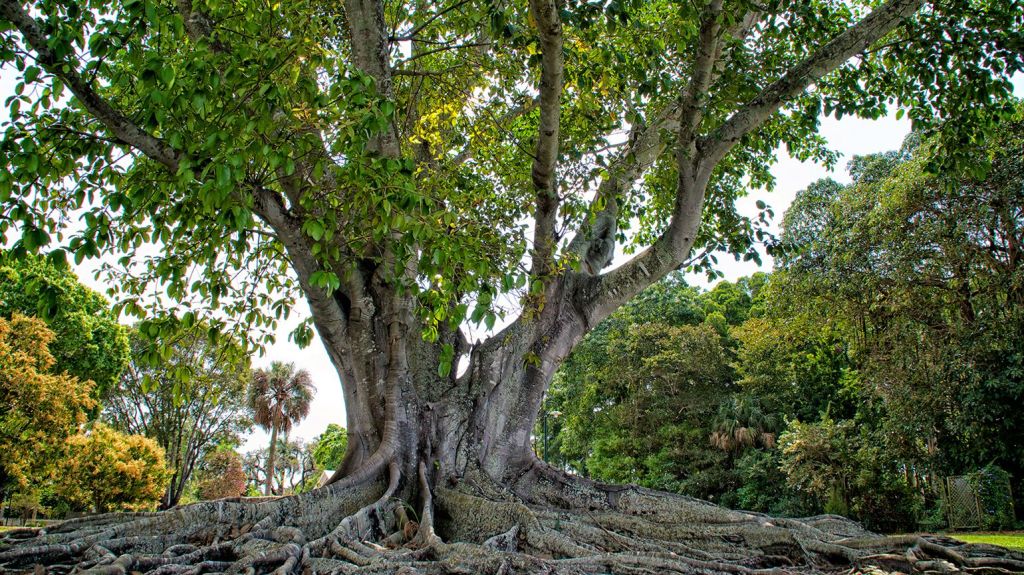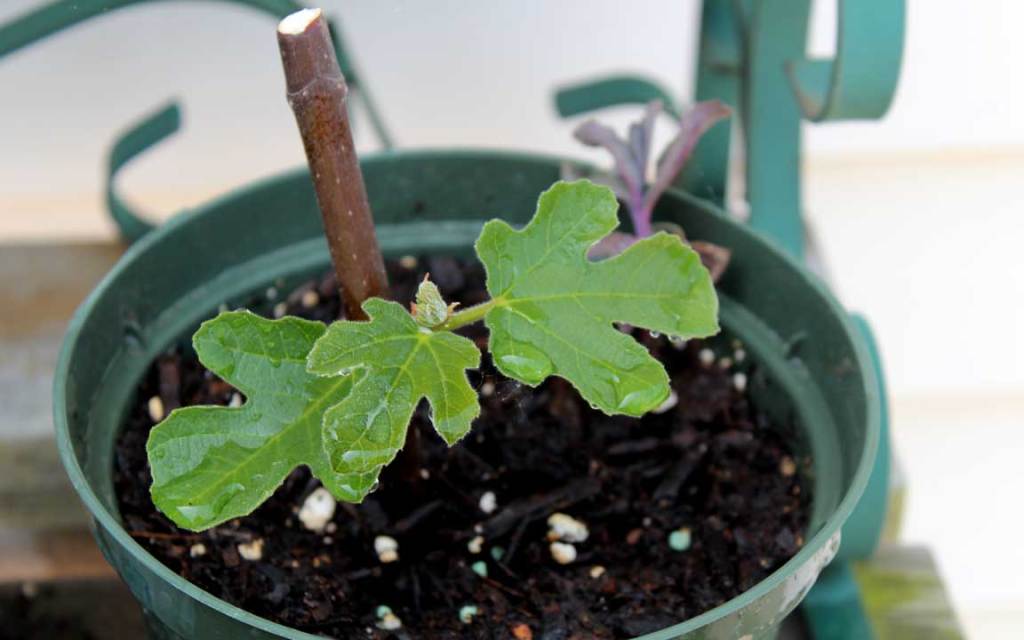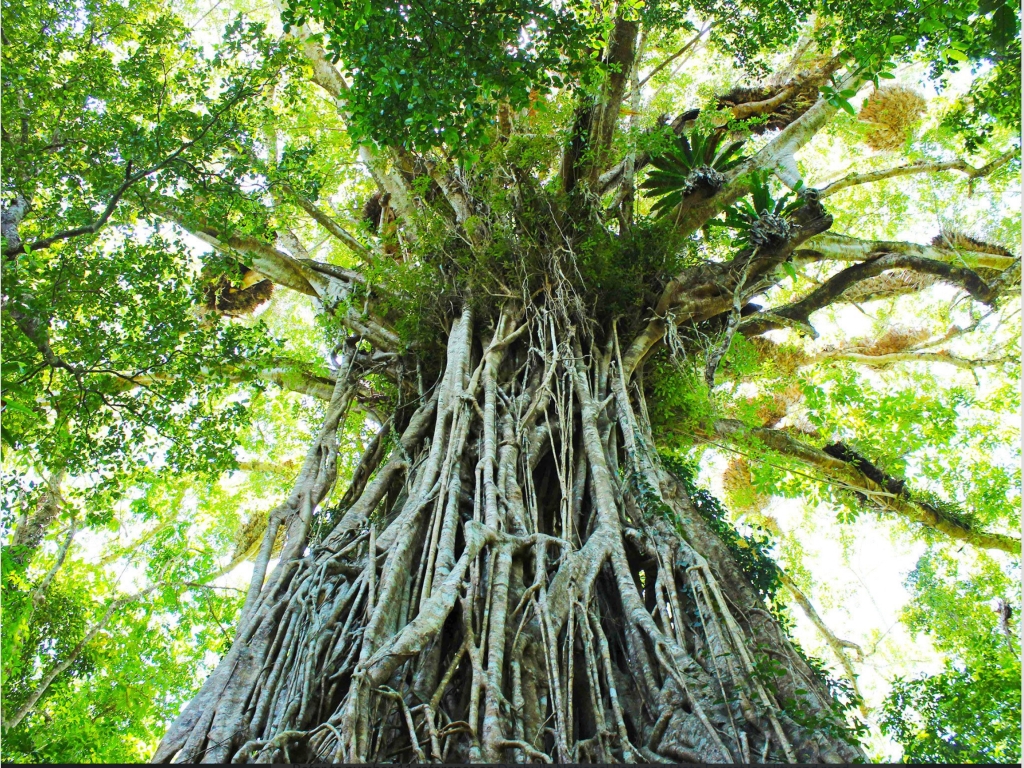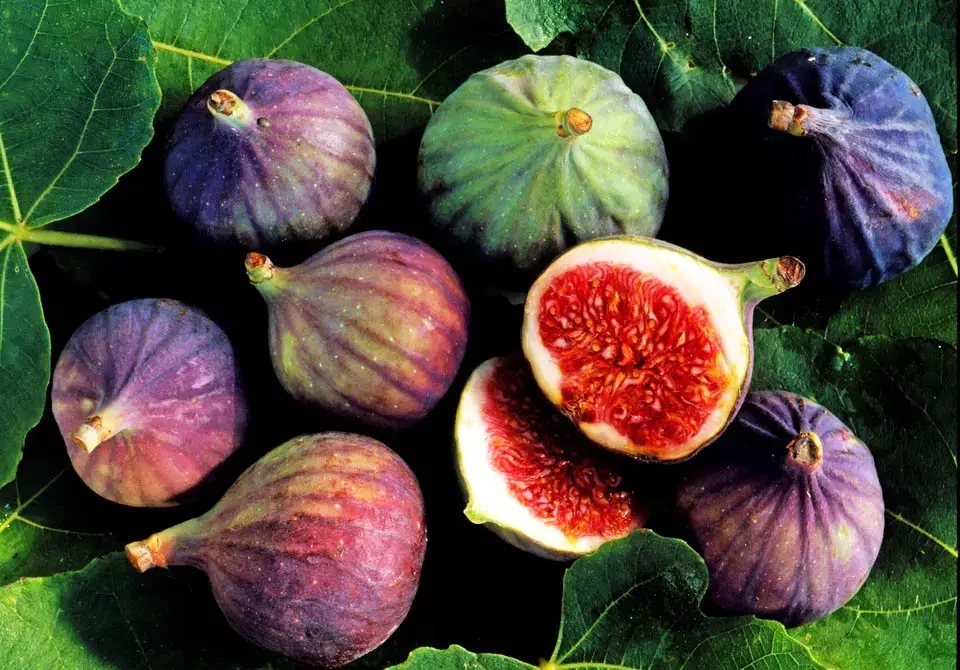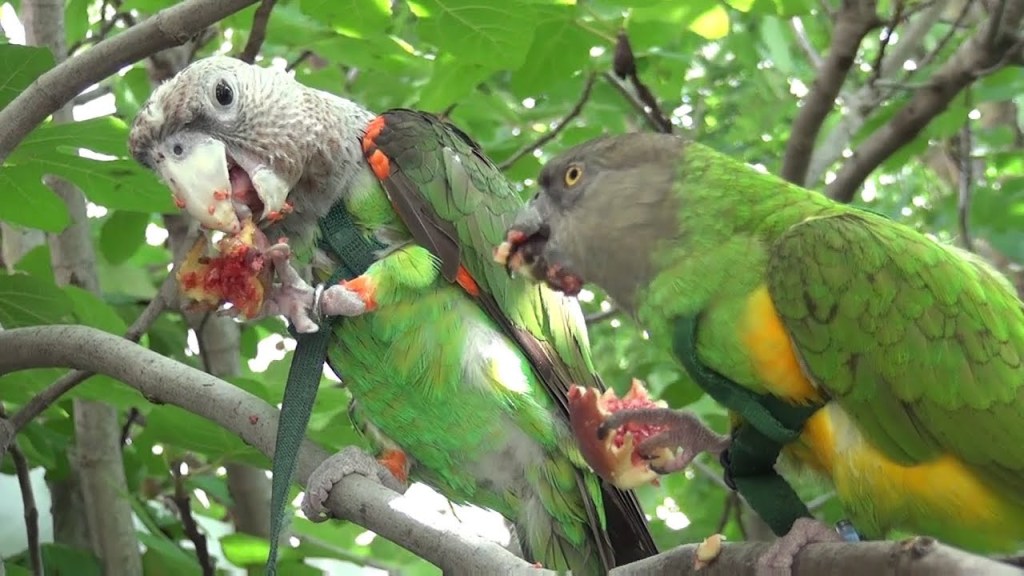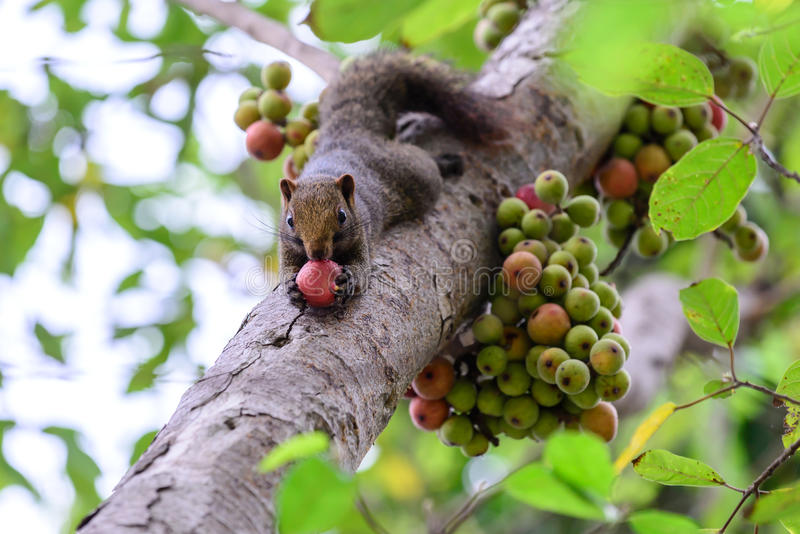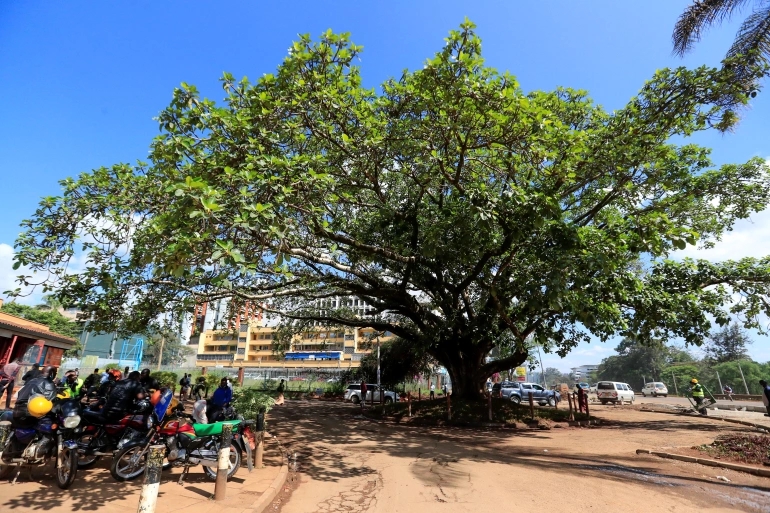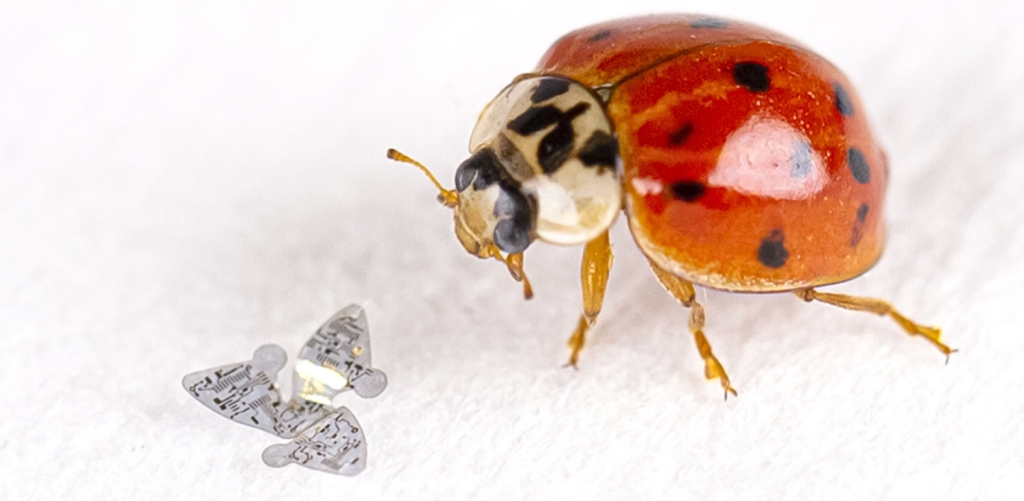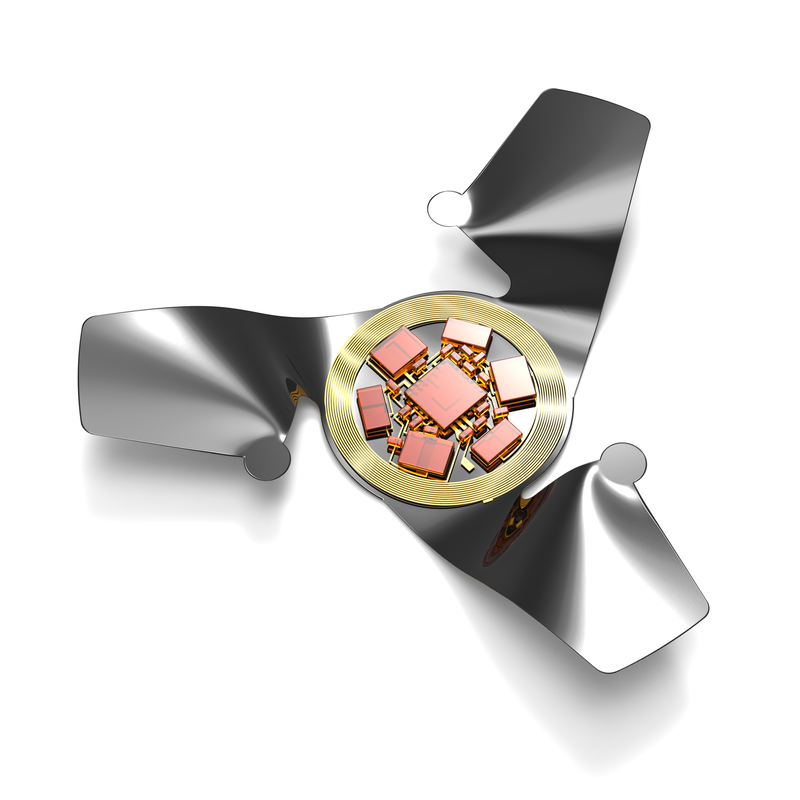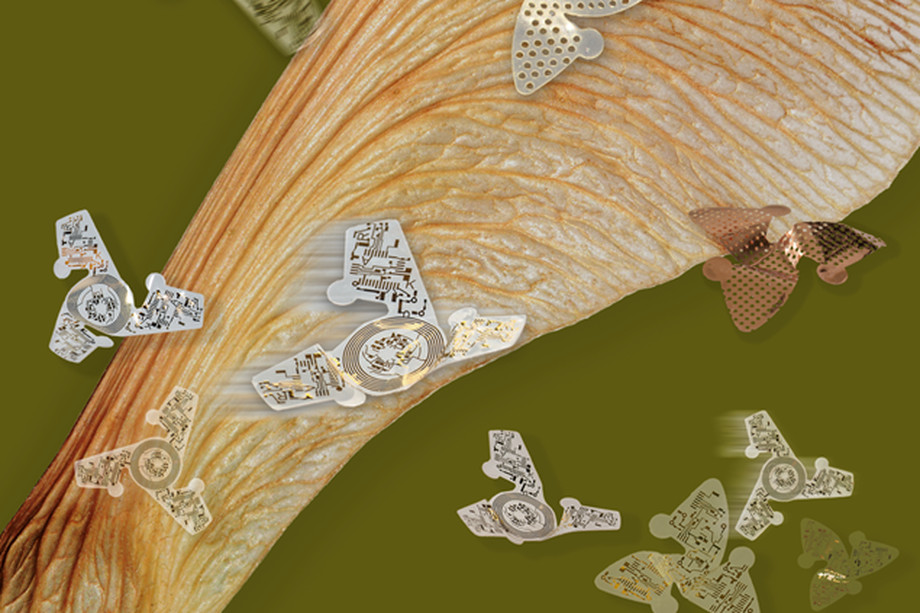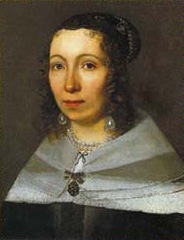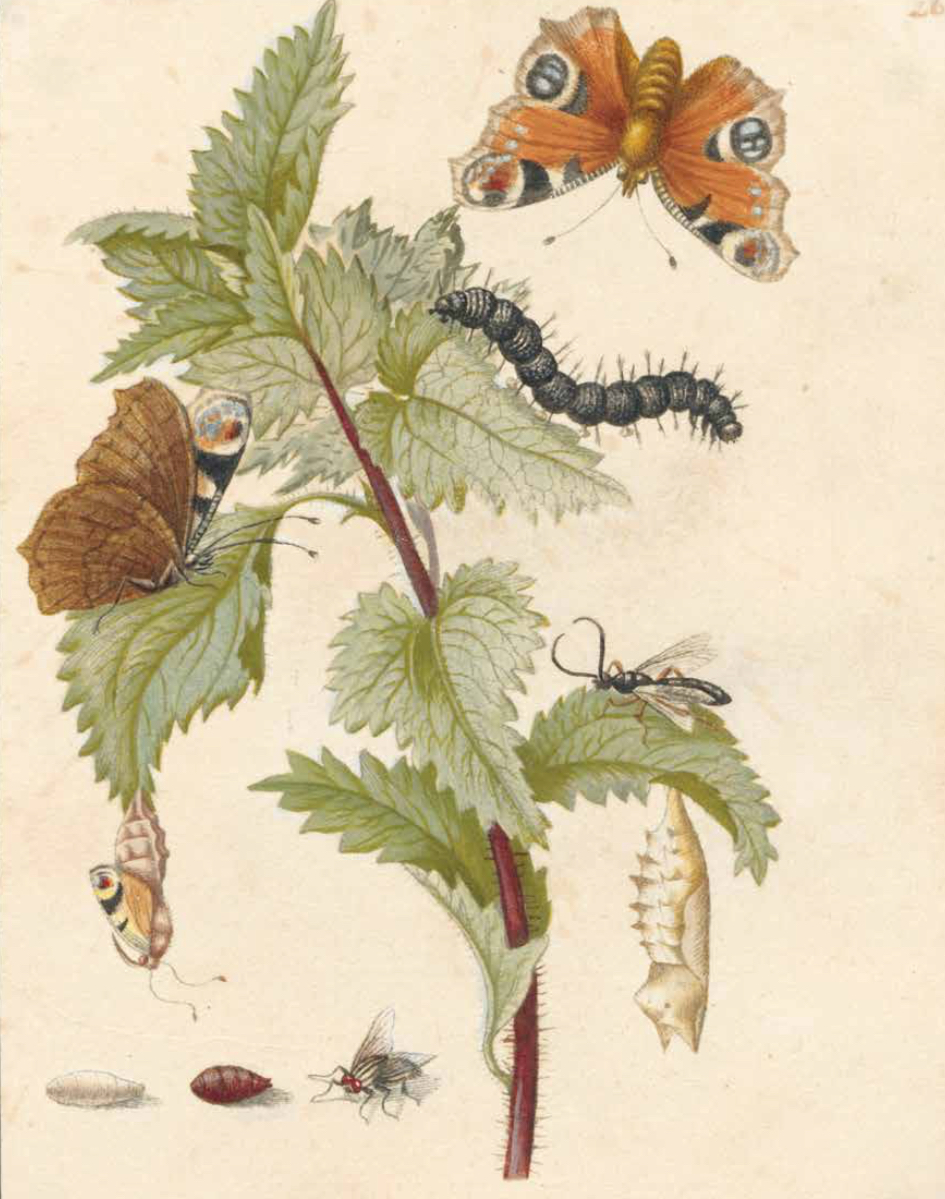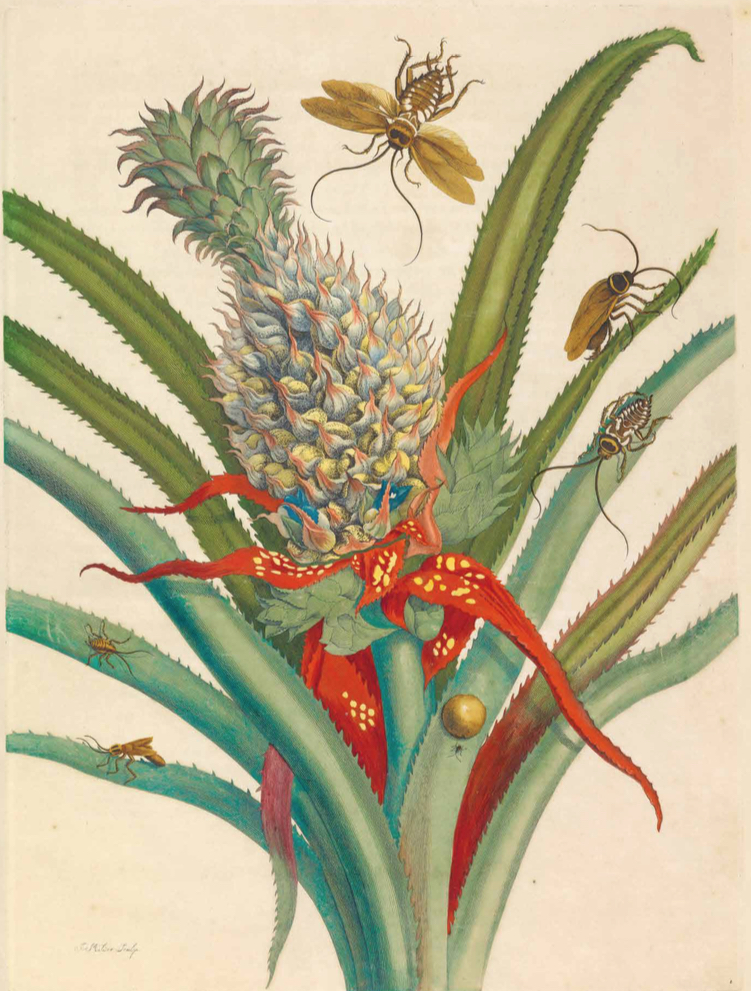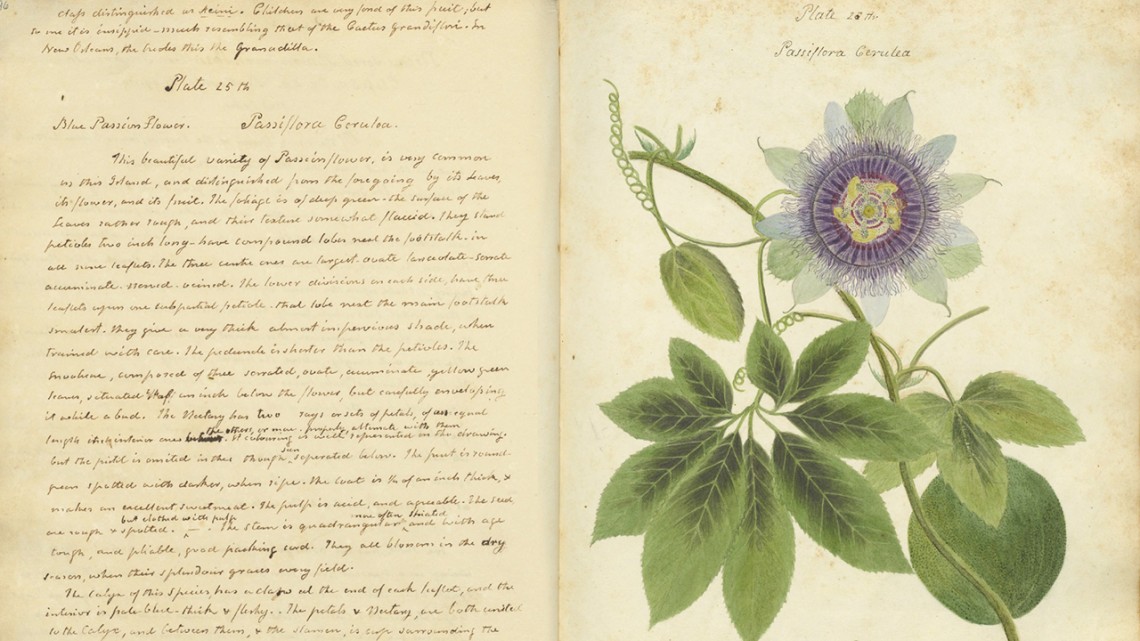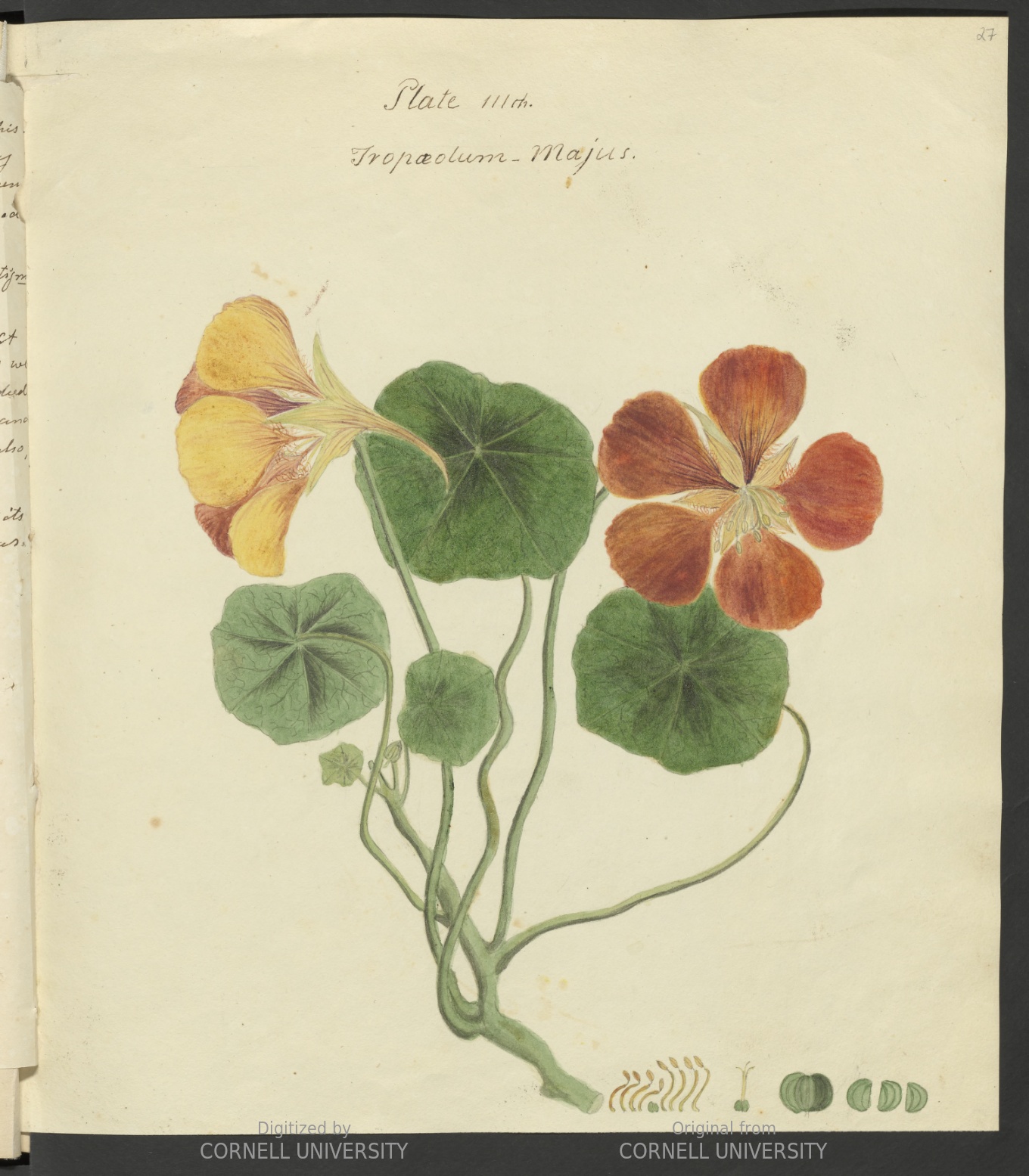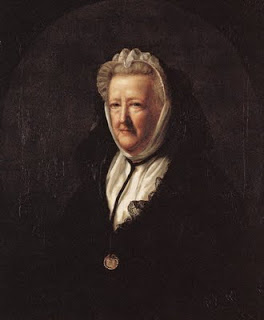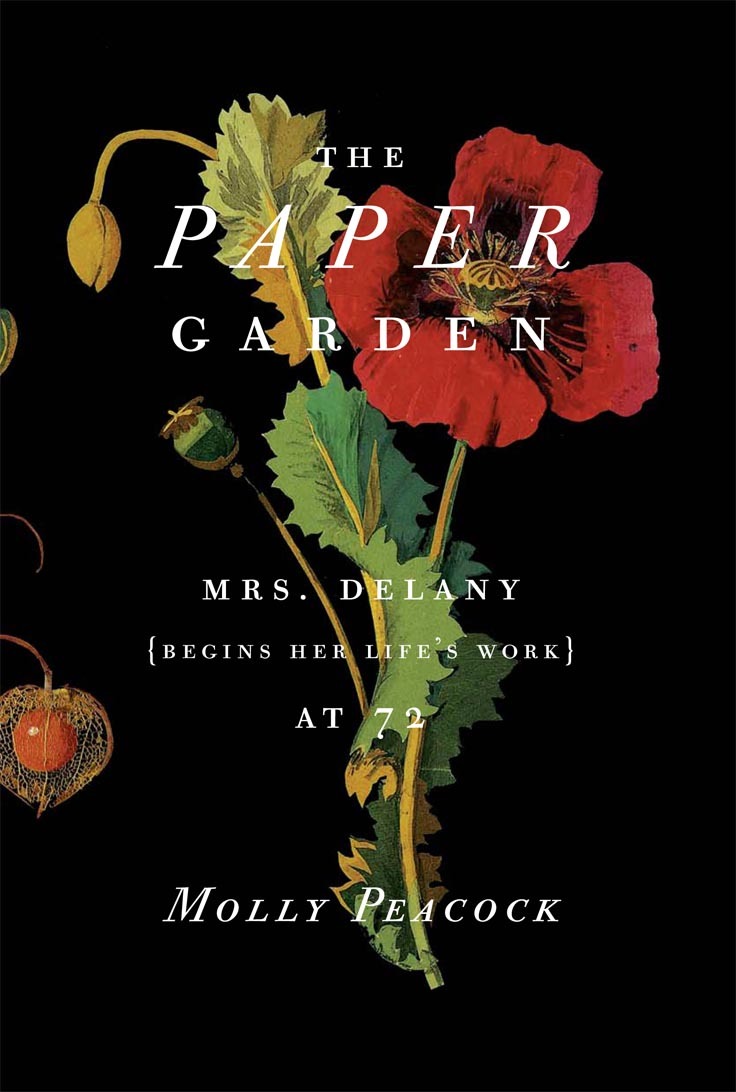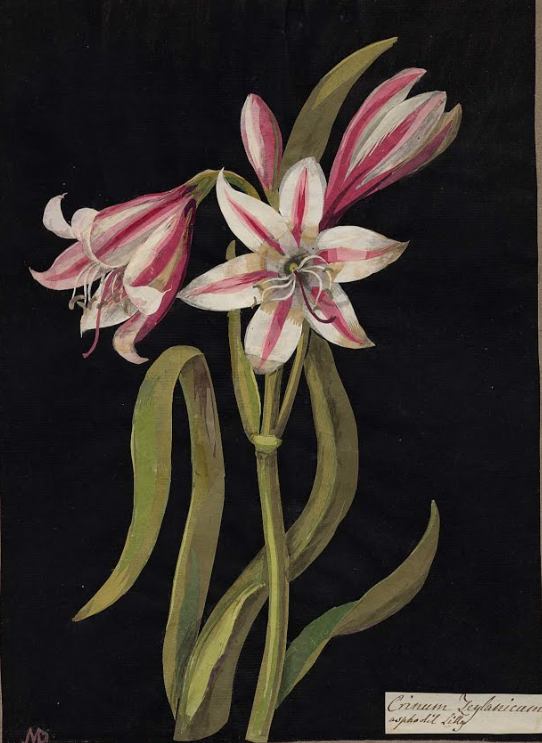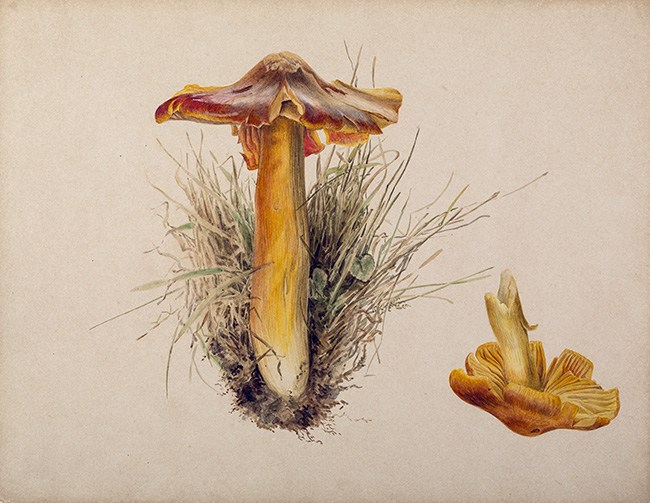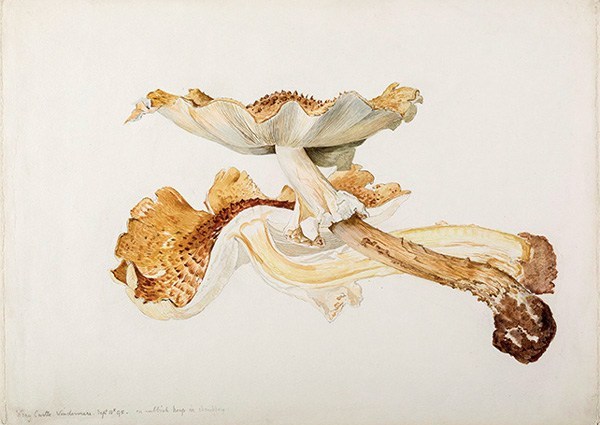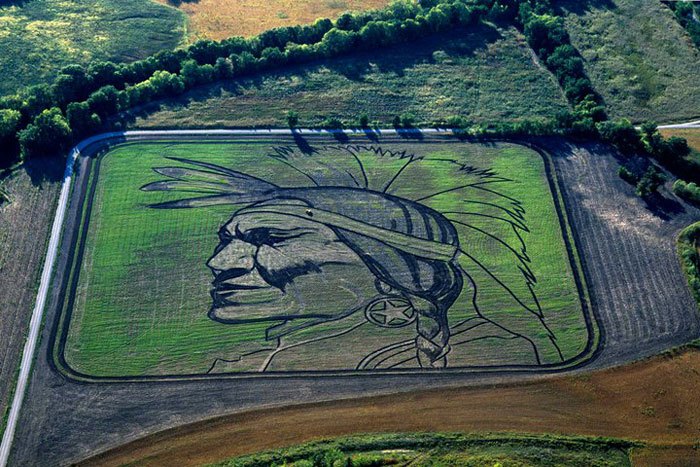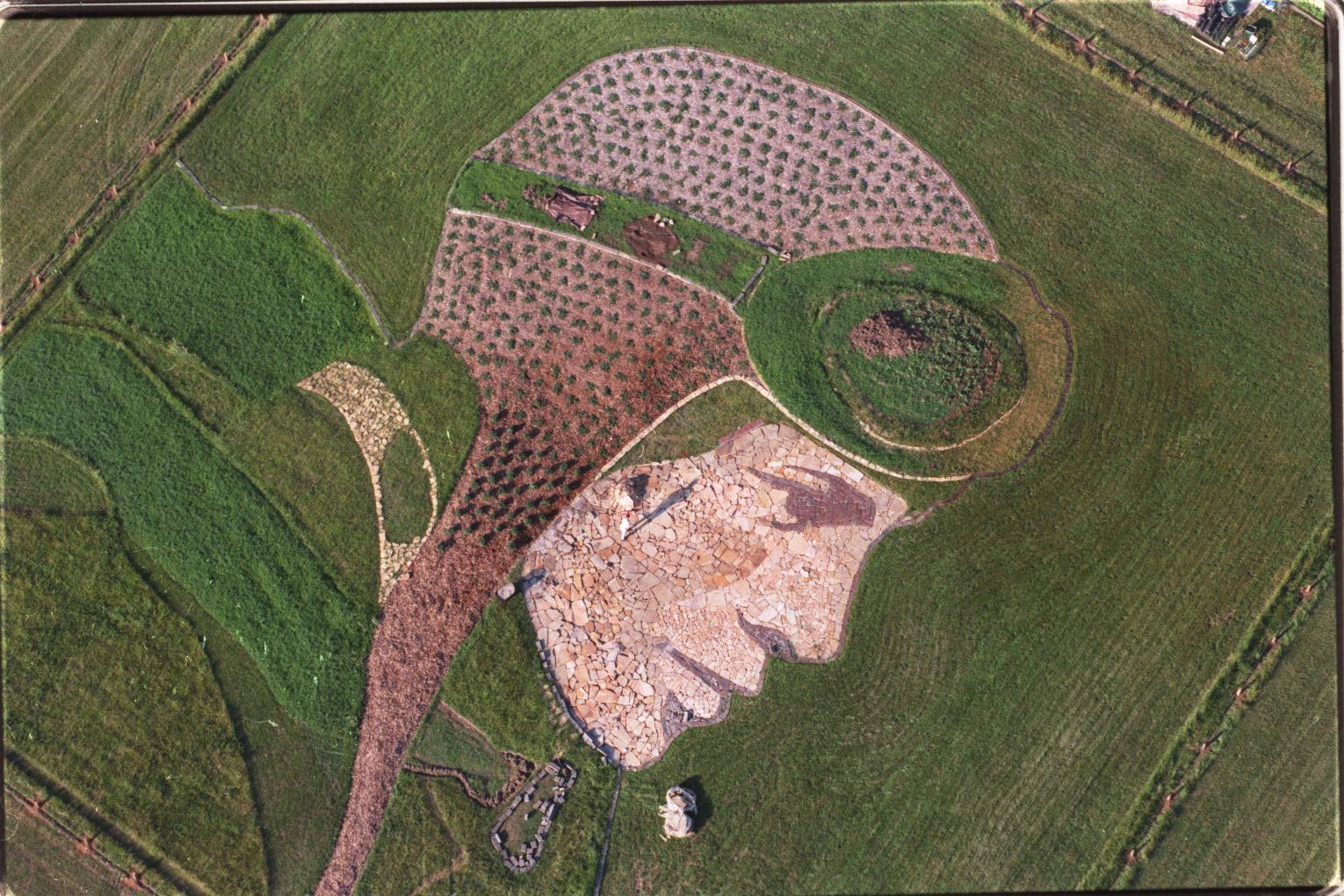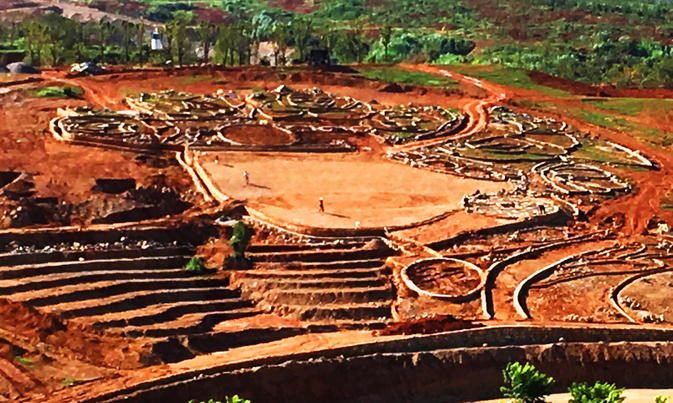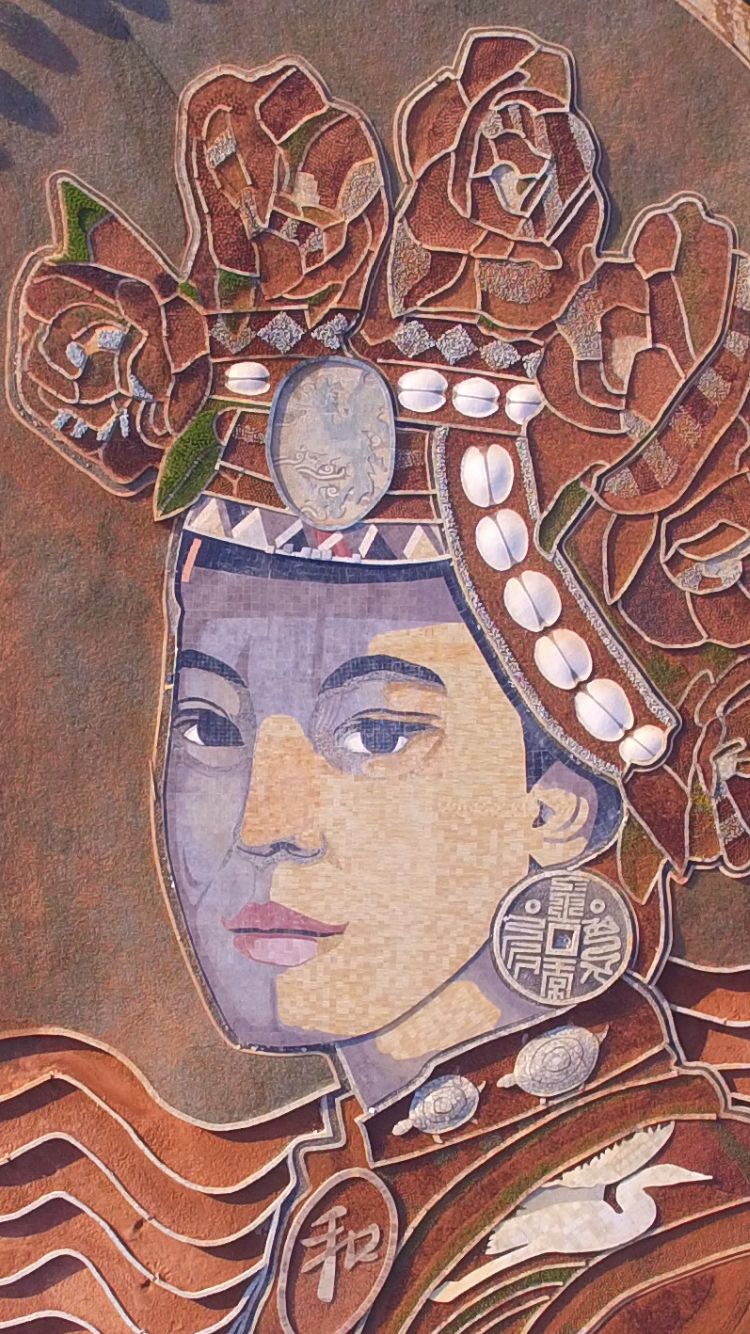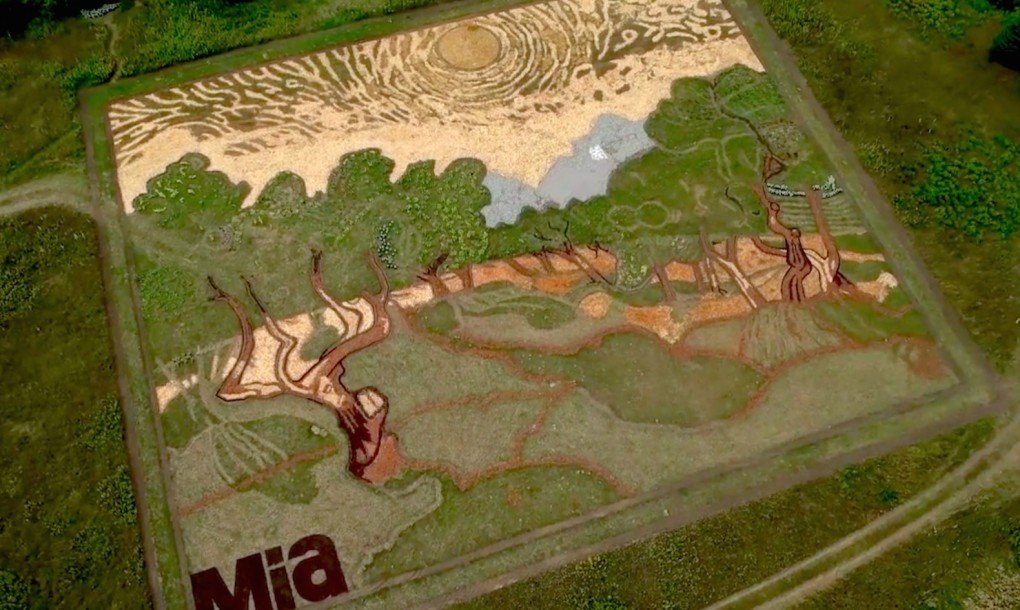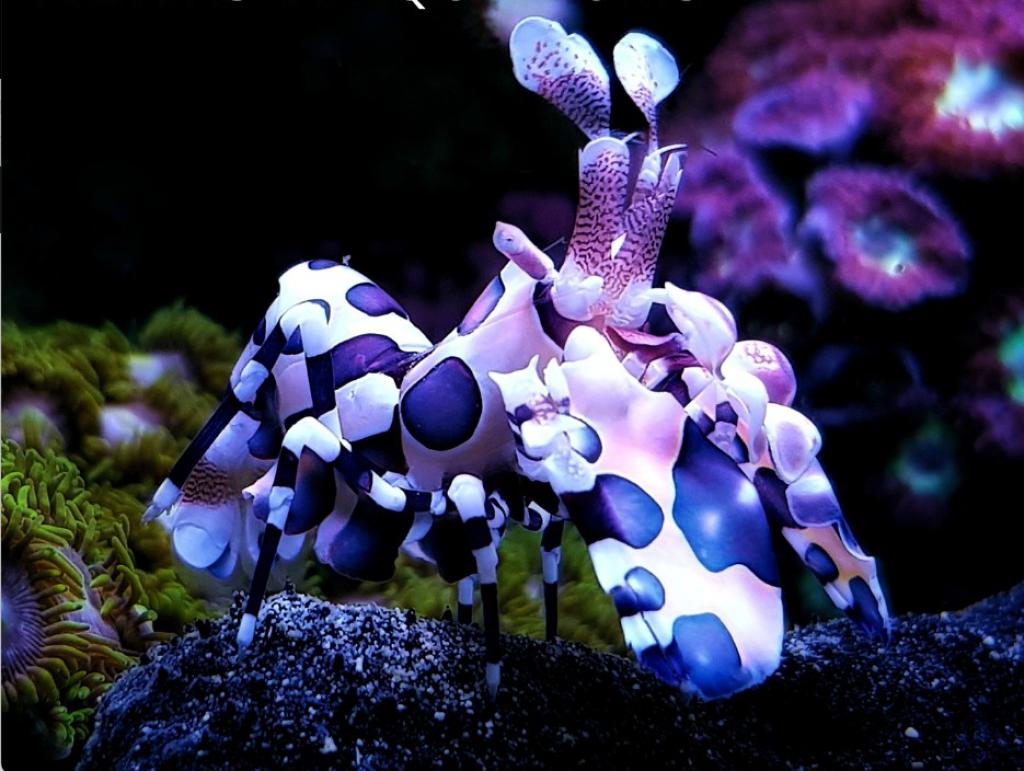
Harlequin Shrimp are tiny colorful crustaceans.
There are two variations of harlequin shrimp. Hymenocera picta, which is naturally found in the Pacific ocean, has a white body with purplish spots (shown above). And its cousin Hymenocera elegans from the Indian ocean features more reddish body spots. Both harlequin shrimp varieties feature an unusual body shape that’s almost reminiscent of a praying mantis. Scientists once thought they were two independent species, but now know they are the same with the only their color differing.
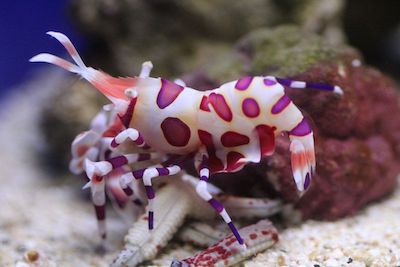
Hawaiian harlequin shrimp
Harlequin shrimp can be identified by some distinctive features. Their claws are large and flat, different from all other types of shrimp. Their tails are trapezoidal and they use two fancy flat antennae on their heads with sophisticated scent receptors tuned to detect prey. Harlequin shrimp grow to a maximum size of around 2”. As tropical reef dwellers, they prefer to live in waters ranging from 71 to 77 F.
Like many shrimp, their eyes are fixed on stalks. They use two enormous, flat claws a bit like scissors while hunting for and harvesting their prey. The most notable feature of harlequin shrimp, though, is obviously their magnificent coloring. They range from white to light pink with touches of red, orange, blue, or purple.
The body pattern does more for the shrimp than simple vanity, however — it’s an evolutionary adaptation that helps protect them from predators. Traditionally in the world of marine creatures, a bright color means ‘danger,’ and the harlequin shrimp is no exception. Their vibrant patches help warn predators to stay away and the shrimp can also camouflage very quickly to appear as corals or sea plants.
Harlequin shrimp are notoriously picky eaters as they prefer starfish alone.

Harlequin shrimp in Indonesia feeding on starfish. Credit: diveivanov/Adobe Stock
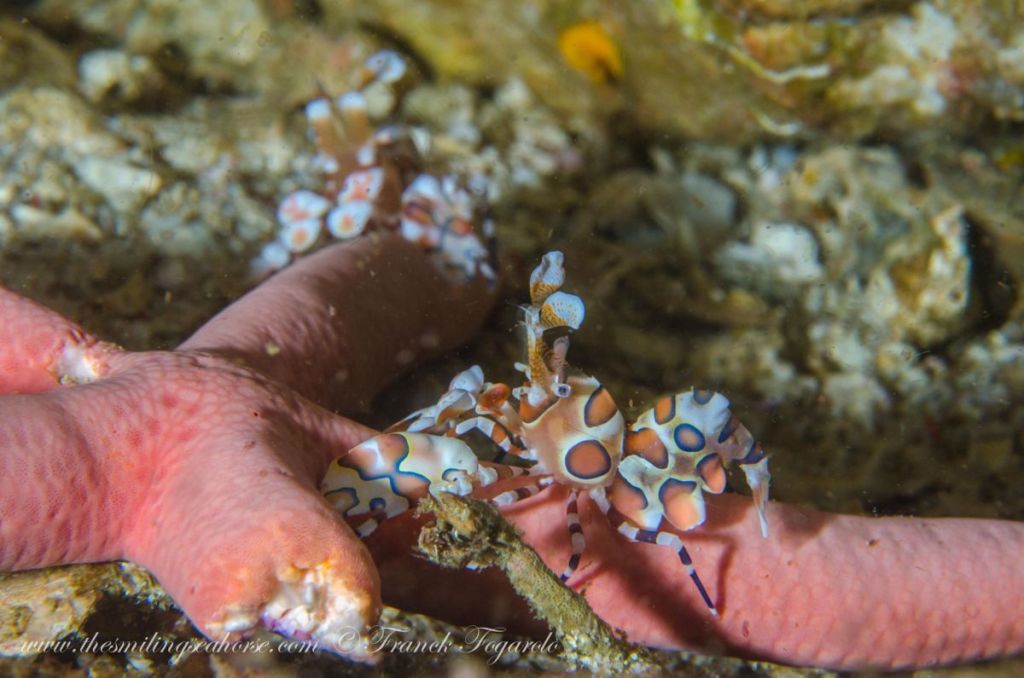
Pair of harlequin shrimp feeding on a starfish. Photo by Franck Fogarolo
They pick up the scent of a starfish using their antennae. Once it has detected a delicious morsel, a mated pair proceeds to catch up with their prey. Using their pincers, one shrimp will snip off the soft, tube-like foot attachment of the starfish, and the other will pull the starfish until it’s turned on its back. Fortunately the starfish has the ability to grow new arms.
If a pair of harlequin shrimp mates find a comfortable place to live, they will stay for months or even their entire lives. As mentioned, a mating pair will stay together for life and share tasks equally to fiercely protect their family. The female is the larger of the two.
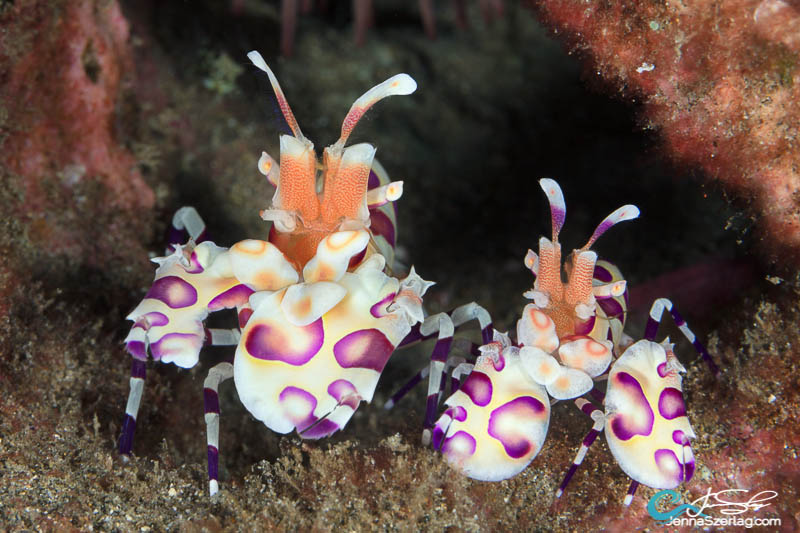
Pair of harlequin shrimp Photo by Jenna Szerlag
Mating occurs after the female molts. In one breeding season, a female can produce between 100 to 5,000 eggs. And although this number seems high, harlequin shrimp are still endangered as their tiny babies are very vulnerable and human interference further aggravates their reproductive success.
Here’s an interesting video : https://www.youtube.com/watch?v=Rdpd82M22UY
